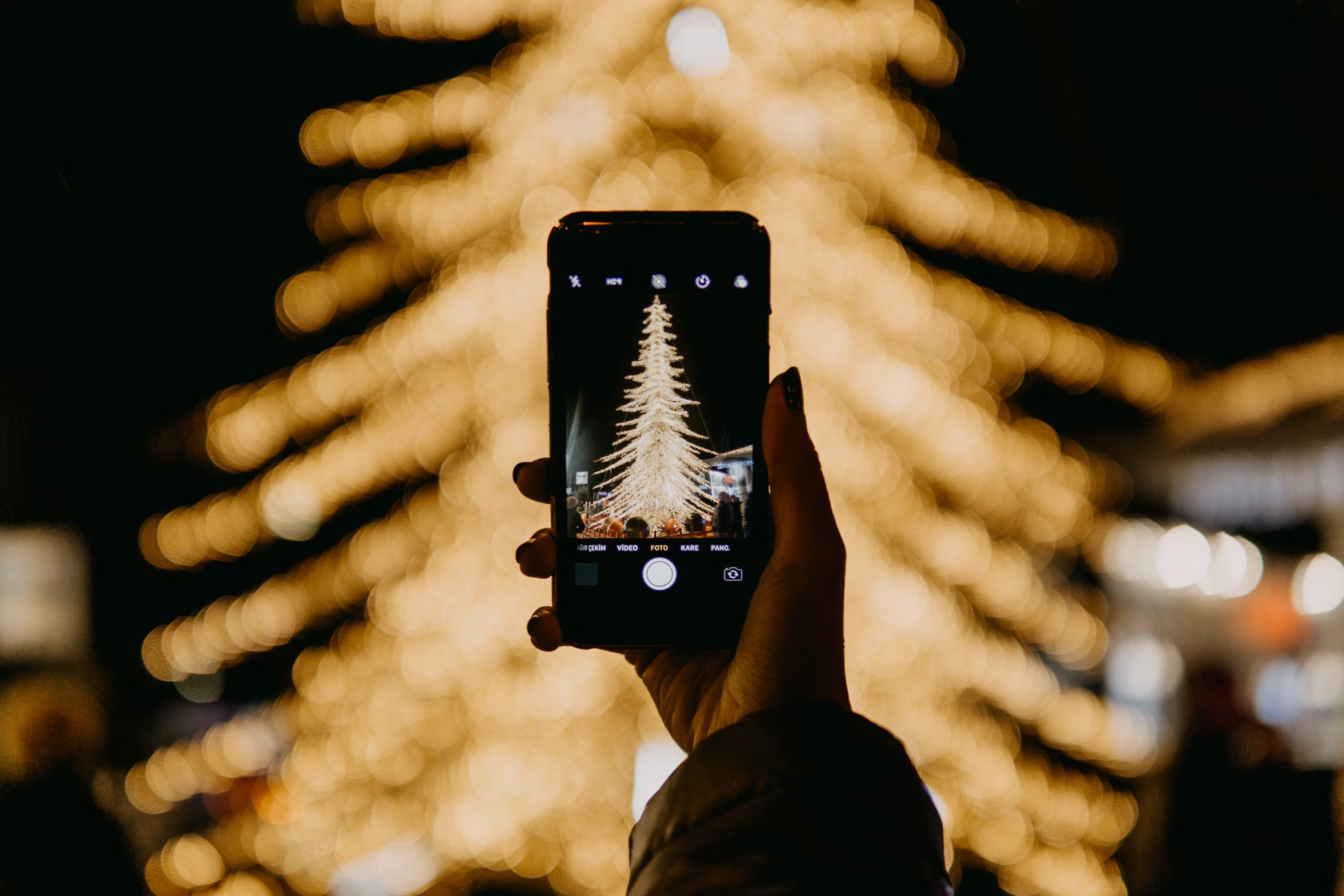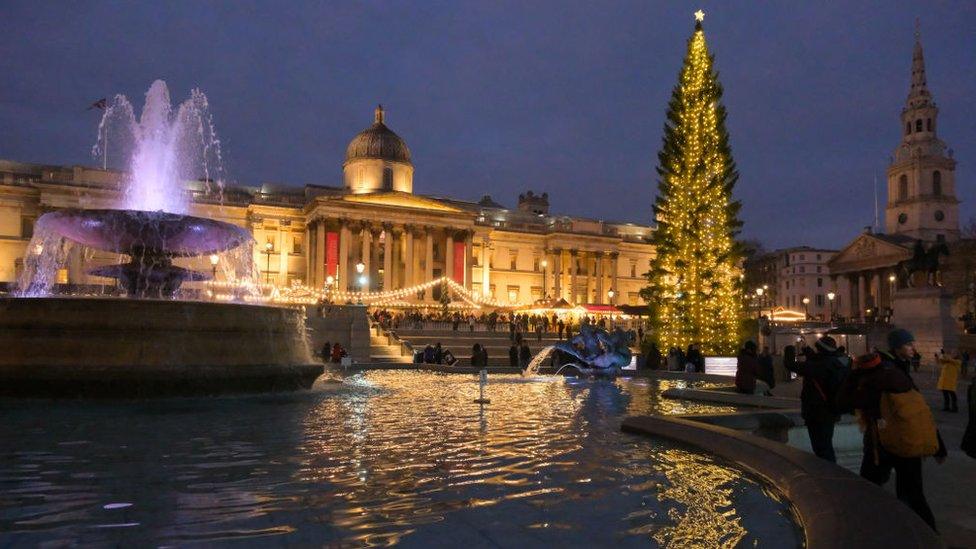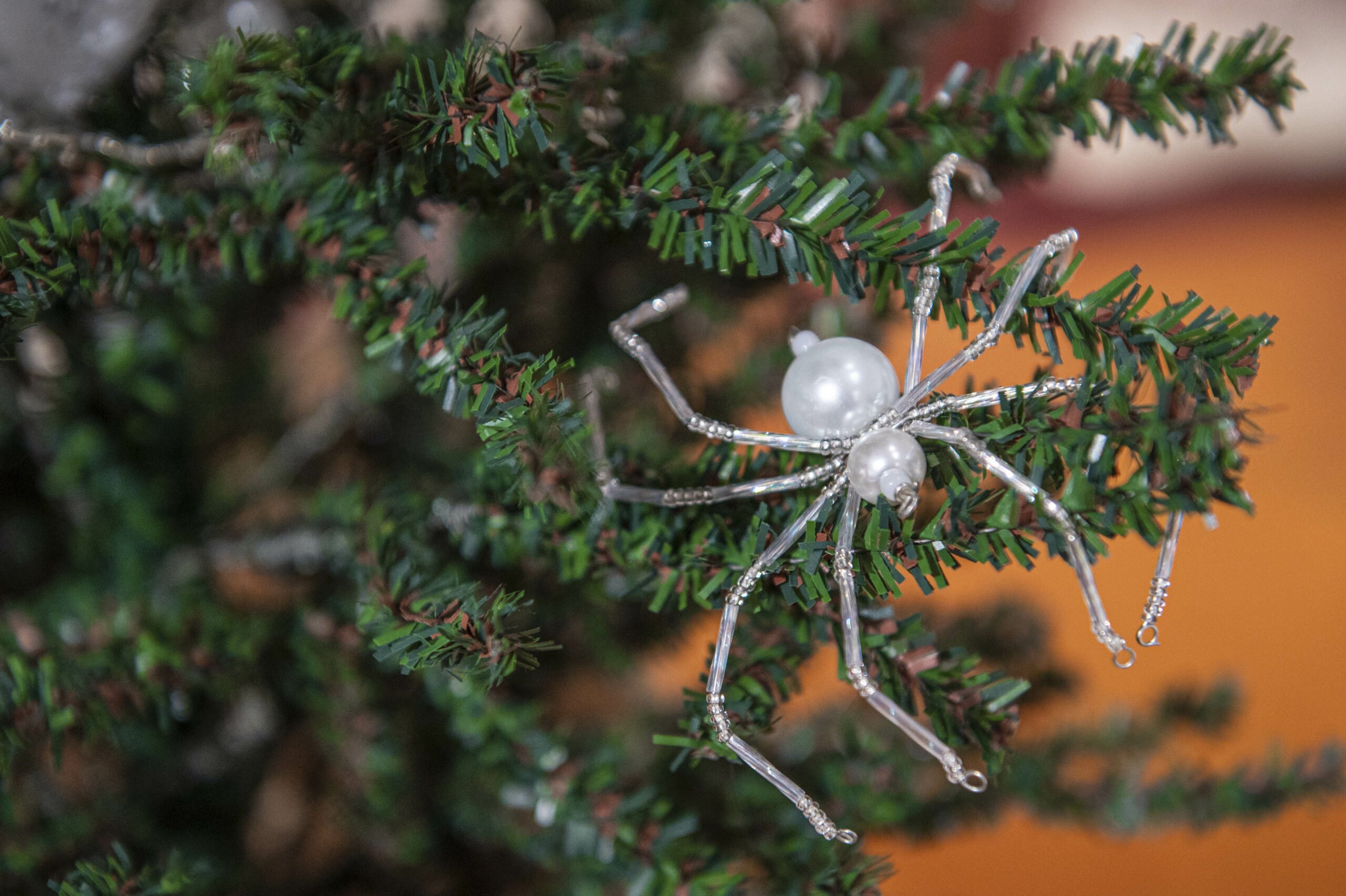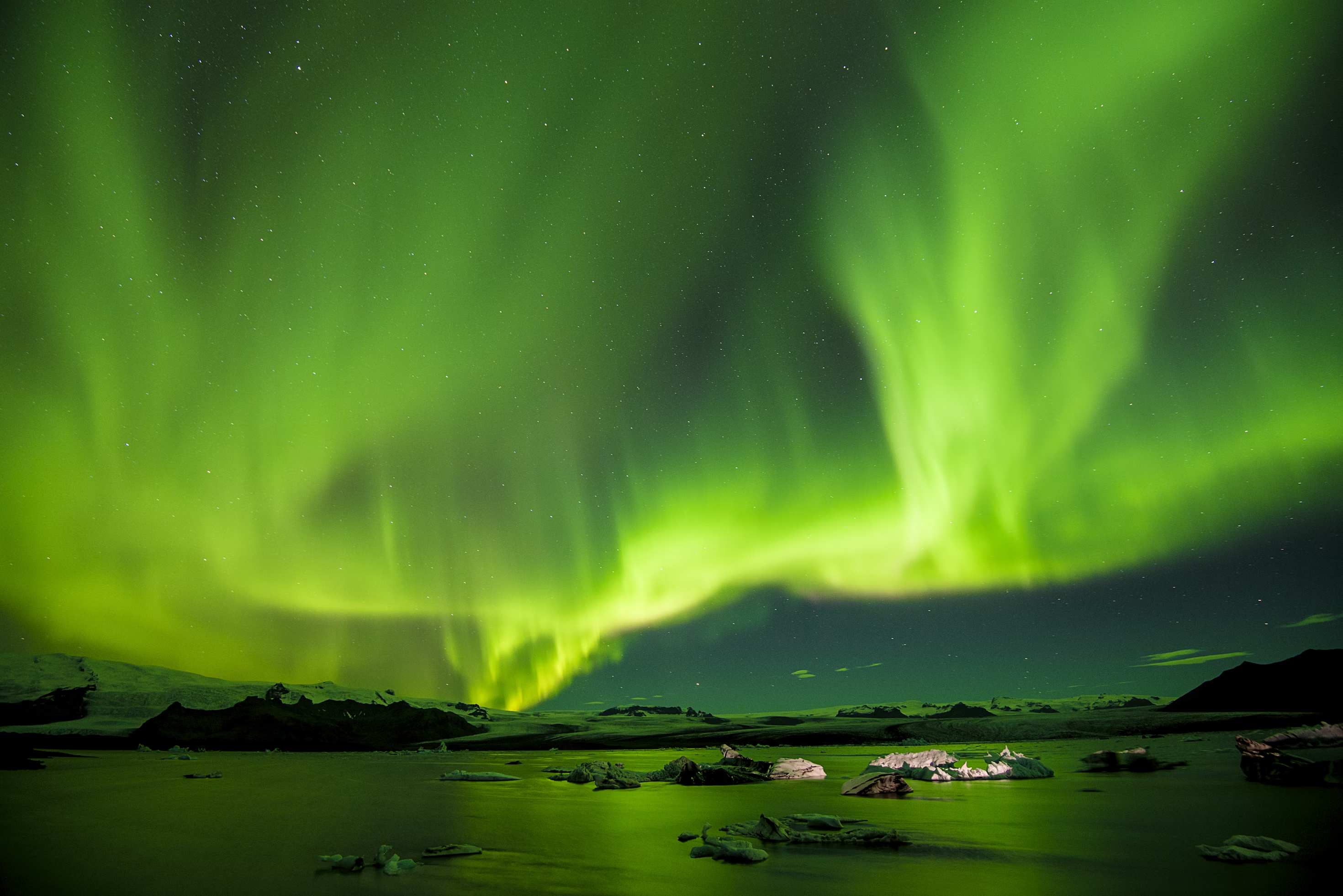
Christmas trees are a beloved symbol of the holiday season. The types of trees and the traditions surrounding them vary significantly across different countries. Here’s a look at what various cultures use as their Christmas trees and the unique customs associated with them.
Germany: The Traditional Christmas Tree
Germany is often credited with starting the Christmas tree tradition. The typical tree used is a fir, spruce, or pine, the “Weihnachtsbaum”. Traditionally, these trees were with real candles, dating back to the 16th century. When Martin Luther said to have introduced the idea of recreating the starry night sky indoors. Today, electric lights are more common for safety reasons.

United Kingdom: Norway Spruce
In the UK, the Norway spruce is the most popular choice for Christmas trees. This species has historical significance, as it was in the British Isles before the 1500s and has become a staple in homes across the country. The most famous Christmas tree in the UK is the one in Trafalgar Square, as a token of gratitude for British support during World War II.

Australia: Local Adaptations
Given that Christmas falls during the summer in Australia, traditional evergreens like spruce and fir are less common. Many Australians opt for artificial trees or decorate local plants, such as the Christmas Bush, which features small green leaves and turns a vibrant red during the holiday season. Some also incorporate seashells and beach-themed decorations into their trees, reflecting the country’s coastal lifestyle.

Ukraine: The Spider’s Web Tradition
In Ukraine, traditional Christmas trees are typically fir trees, but they are unique with spider webs or spider ornaments. This custom stems from the “Legend of the Christmas Spider,” which tells of a spider that decorated a family’s tree with its web, symbolizing good luck.

Sweden: Straw Decorations
Swedes traditionally use spruce trees, with stars, sunbursts, and snowflakes made from straw. The trees are usually put up by Christmas Day and remain until January 13, marking the end of the Christmas season.

Japan: Origami and Paper Decorations
In Japan, where Christmas is celebrated more as a secular holiday, many families use artificial trees adorned with handmade decorations. Common ornaments include origami birds and colourful paper fans, reflecting the country’s rich tradition of paper art.

Brazil: Summer Celebrations
Brazilian Christmas occurs during the summer, and while some families use pine trees decorated with cotton to mimic snow, others create elaborate light displays shaped like Christmas trees after midnight mass. The festive spirit is vibrant, with many homes adorned with colourful decorations.

India: Local Flora
In India, where fir and spruce trees are not readily available, families often decorate local trees such as mango or banana trees. This practice highlights the adaptability of Christmas traditions to local environments.

Conclusion
Christmas tree traditions vary widely around the world, reflecting local customs, climates, and cultural histories. From the classic fir trees of Germany to the unique adaptations in Australia and India, each country brings its own flavour to this cherished holiday symbol.
Read more on Lifetips.blog














